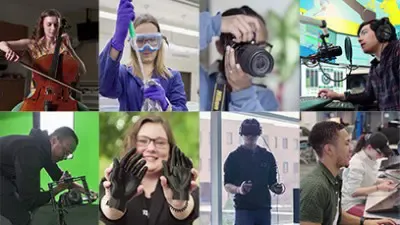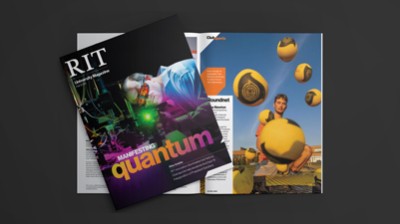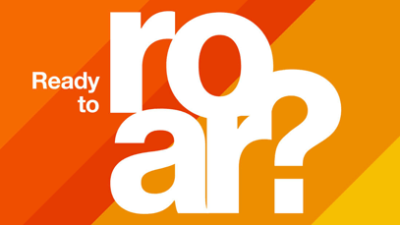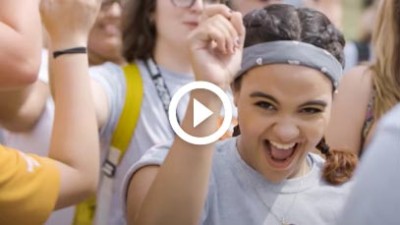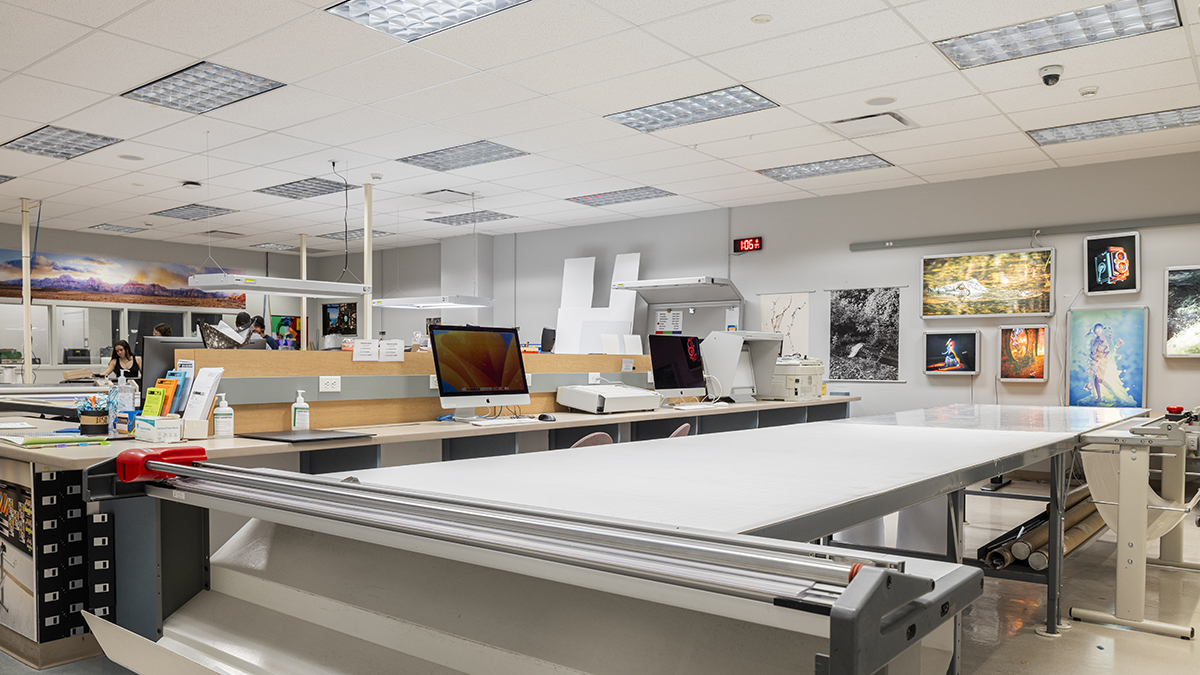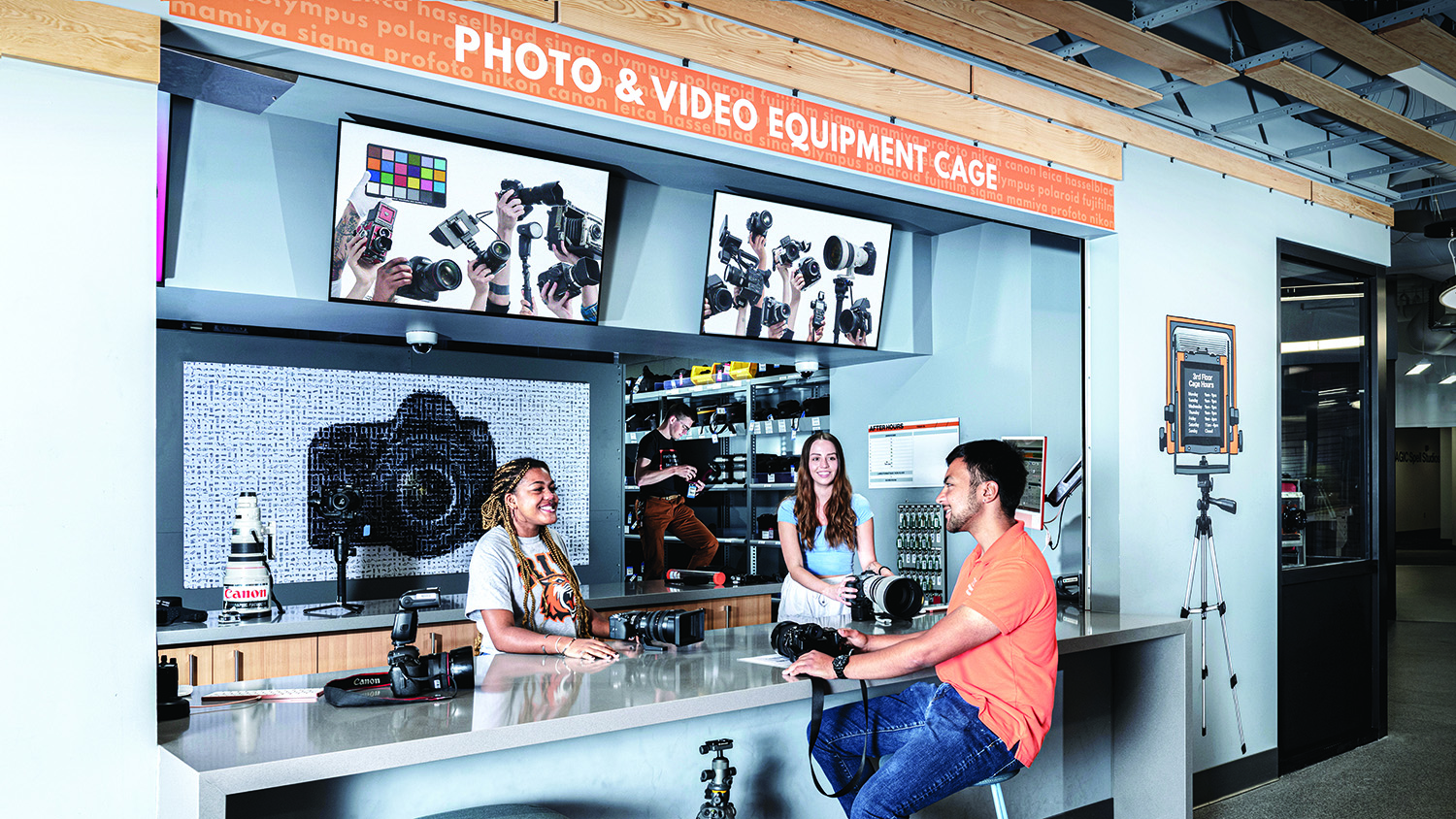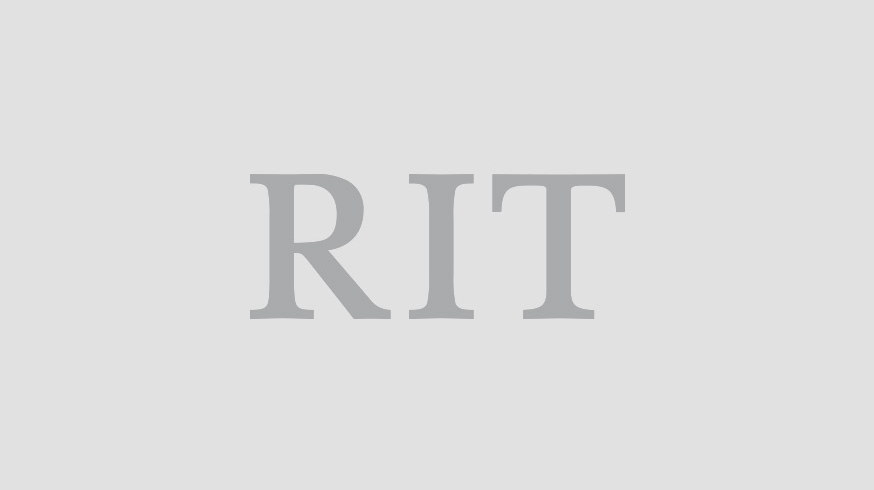Fine Art Photography Option - Photographic and Imaging Arts BFA
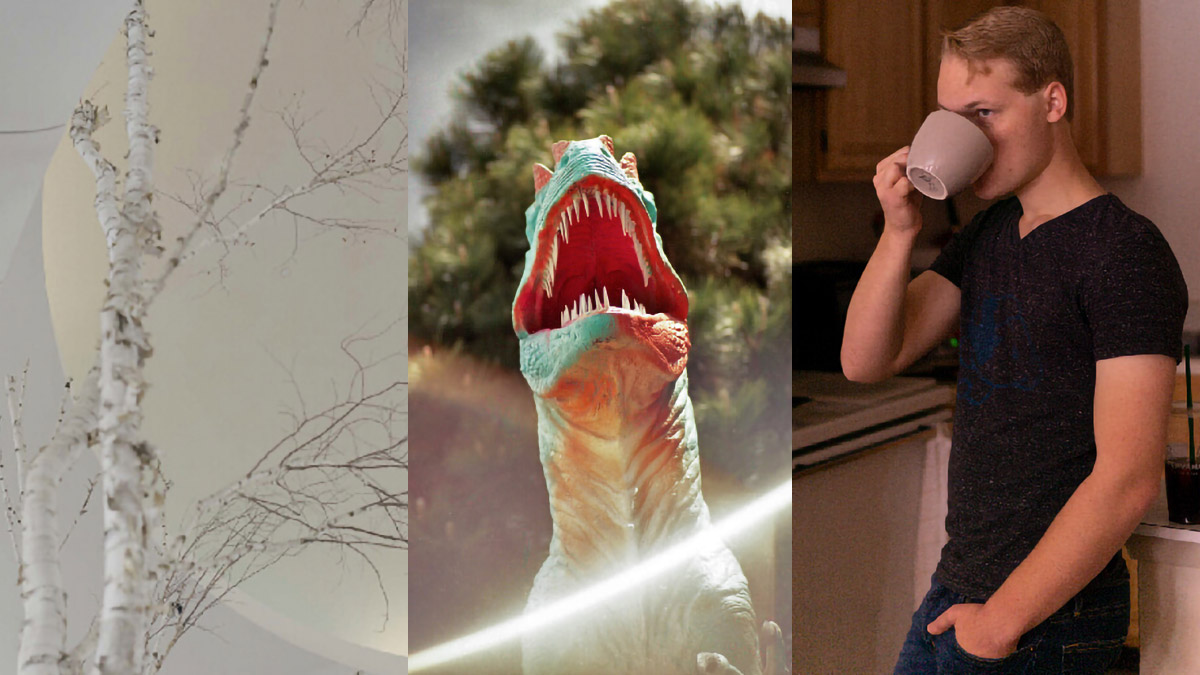
Fine Art Photography Option
Photographic and Imaging Arts BFA
- RIT /
- Rochester Institute of Technology /
- Academics /
- Fine Art Photography Option - Photographic and Imaging Arts BFA
RIT's BFA in Fine Art Photography hones your skills to create thought-provoking and meaningful images through photographic expression.
Overview for Fine Art Photography Option - Photographic and Imaging Arts BFA
Why Study Fine Art Photography at RIT
Industry Exposure: The School of Photographic Arts and Sciences brings various visiting professionals, events, and talks.
Gain Real-World Experience: Gain hands-on experience in the classroom and through paid work opportunities like internships and co-op.
The fine art photography degree prepares students for careers as visual artists, educators, editorial photographers, or freelance artists. In fine art photography, you will nurture your personal aesthetic vision through photographic expression while studying the theoretical and practical skills needed to create thought-provoking and meaningful images. This option is part of the photographic and imaging arts BFA program.
RIT’s Fine Art Photography Degree
The fine art photography degree develops technical, conceptual, and aesthetic abilities, and furthers your skills as a contemporary image-maker. After a few foundational and specialized courses in digital imaging workflow, alternative processes, new media, history and aesthetics of photography, and exhibition display, you will be encouraged to personalize your degree. The program is flexible and the interdisciplinary curriculum enables you to explore other related fields in the fine arts, including:
- Painting
- Drawing
- Sculpture
- Graphic design
- Video
- Film
- Animation
- Printmaking and printing
- Computer graphics
- Web publishing
-
Join Us for Accepted Student Open House
Visit campus on March 28 or April 11 to meet faculty, tour campus, and ask your questions.
-
First-Year Applications Due Soon
Apply by Jan. 1 for Early Decision II and by Jan. 15 for Regular Decision.
Careers and Experiential Learning
Typical Job Titles
| Archivist | Art Director | Artist |
| Conservator | Content Producer | Curator |
| Curatorial Assistant | Director of Education | Editorial photographer |
| Freelance Photographer | Gallerist/Gallery Manager | Lab Assistant |
| Magazine Editor | Professor/Teacher | Studio Manager/Assistant |
| Videographer |
Industries
-
Advertising, PR, and Marketing
-
Museum
-
Higher Education
-
Journalism, Media, and Publishing
Cooperative Education and Internships
What’s different about an RIT education? It’s the career experience you gain by completing cooperative education and internships with top companies in every single industry. You’ll earn more than a degree. You’ll gain real-world career experience that sets you apart.
Co-ops and internships take your knowledge and turn it into know-how. Co-op in the College of Art and Design provides hands-on experience that enables you to apply your artistic capabilities in dynamic professional settings while you make valuable connections between classwork and real-world applications.
Fine Art Photography Internships: Students apply for internships with some of the nation’s most respected galleries, museums, artists and workshop providers. They work behind the camera in editorial, commercial, and studio environments and have the opportunity to learn from photographers, picture editors, art directors, curators and other professionals. Students receive assistance from their professors and from the Office of Career Services and Cooperative Education in identifying and applying for internships. Internships provide real-world work experience, which is an invaluable part of our student's educational experience.
Career Opportunities in Fine Art Photography
Graduates find careers as exhibiting artists, photo educators, picture editors, art directors, photographers’ representatives, photographic archivists or curators, museum and gallery staff, multimedia specialists, self-employed photographers, custom-image printers, and film/video artists or animators. Many students choose to pursue graduate work and earn an MFA degree in the arts.
Creative Industry Days
Connect with Design Industry Leaders
RIT’s Office of Career Services and Cooperative Education hosts Creative Industry Days, which connects students majoring in art, design, film and animation, photography, and select computing majors with companies, organizations, creative agencies, design firms, and more. Creative Industry Days are a series of events that allow you to network with company representatives and interview directly for open co-op and full-time employment positions.
Featured Work and Profiles
-
Alumni Profile: Sam Cannon
Sam Cannon ’14 Sam Cannon '14 (fine art photography) is a New York City-based artist and director who creates short-form videos for huge brands like Gap, Nike and The New York Times.
Read More about Alumni Profile: Sam Cannon -
RIT x Magnum Visual Storytelling Course
Gregory Halpern, Ahndraya Parlato In the summer of 2025 at RIT, Ahndraya Parlato and I launched “A Short Course in Visual Storytelling,” a new collaboration between RIT and Magnum Photos.
Read More about RIT x Magnum Visual Storytelling Course -
Class of 2021 Reflections
College of Art and Design Class of 2021 graduates share their favorite RIT memories and offer inspirational words for their peers.
Read More about Class of 2021 Reflections -
Projection Designs on Broadway
Assistant Professor Josh Thorson created the awe-inspiring projection designs for the hit interpretation of the classic musical "Oklahoma!"
Read More about Projection Designs on Broadway -
Industry-standard Photography Equipment
RIT's School of Photographic Arts and Sciences Cage is an unparalleled checkout space housing a range of photography equipment you won’t find anywhere else. From specialty lenses to camera...
Read More about Industry-standard Photography Equipment -
Unmatched Photo Studios
With 28 photo studios and a well-stocked equipment cage designed to support studio needs, RIT's School of Photographic Arts and Sciences students have access to all the necessary resources to execute...
Read More about Unmatched Photo Studios
Admissions and Financial Aid
This option is part of the Photographic and Imaging Arts BFA. Please visit the degree program page for admission requirements.
Financial Aid and Scholarships
100% of all incoming first-year and transfer students receive aid.
RIT’s personalized and comprehensive financial aid program includes scholarships, grants, loans, and campus employment programs. When all these are put to work, your actual cost may be much lower than the published estimated cost of attendance.
Learn more about financial aid and scholarships
Related News
-
October 22, 2025

How 6,500 People Lit an Incredible 360° Nighttime Panorama of an NFL Stadium
PetaPixel speaks to Eric Kunsman, assistant professor in the Department of Visual Communications Studies, about the logistics of planning an event like Big Shot.
-
September 24, 2025
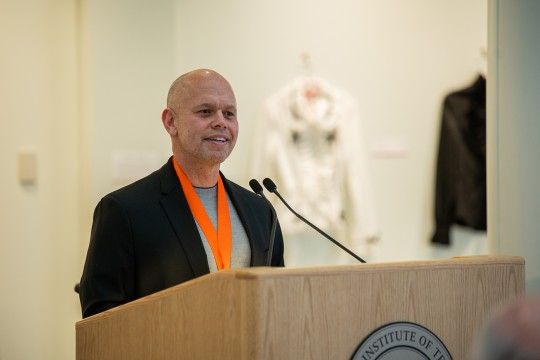
New School of Film and Animation director, faculty roles for 2025-26
Ricky Figueora taking over as the new director of RIT's School of Film and Animation headlines exciting promotions and additions to the College of Art and Design faculty.
-
August 27, 2025
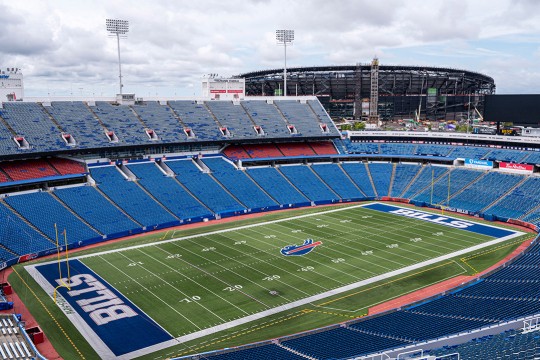
Big Shot 37 set to touch down at Buffalo Bills Highmark Stadium
On Saturday, Oct. 11, the Big Shot will return for its 37th event to illuminate the Buffalo Bills Highmark Stadium. RIT and the Bills invite the community to shine a light on the interior of the stadium to document the iconic location before it closes, making way for a new stadium set to open in 2026.
Contact
- Catherine Zuromskis
- Professor, Photo Arts and Sciences
- School of Photographic Arts and Sciences
- College of Art and Design
- czpph@rit.edu
School of Photographic Arts and Sciences
